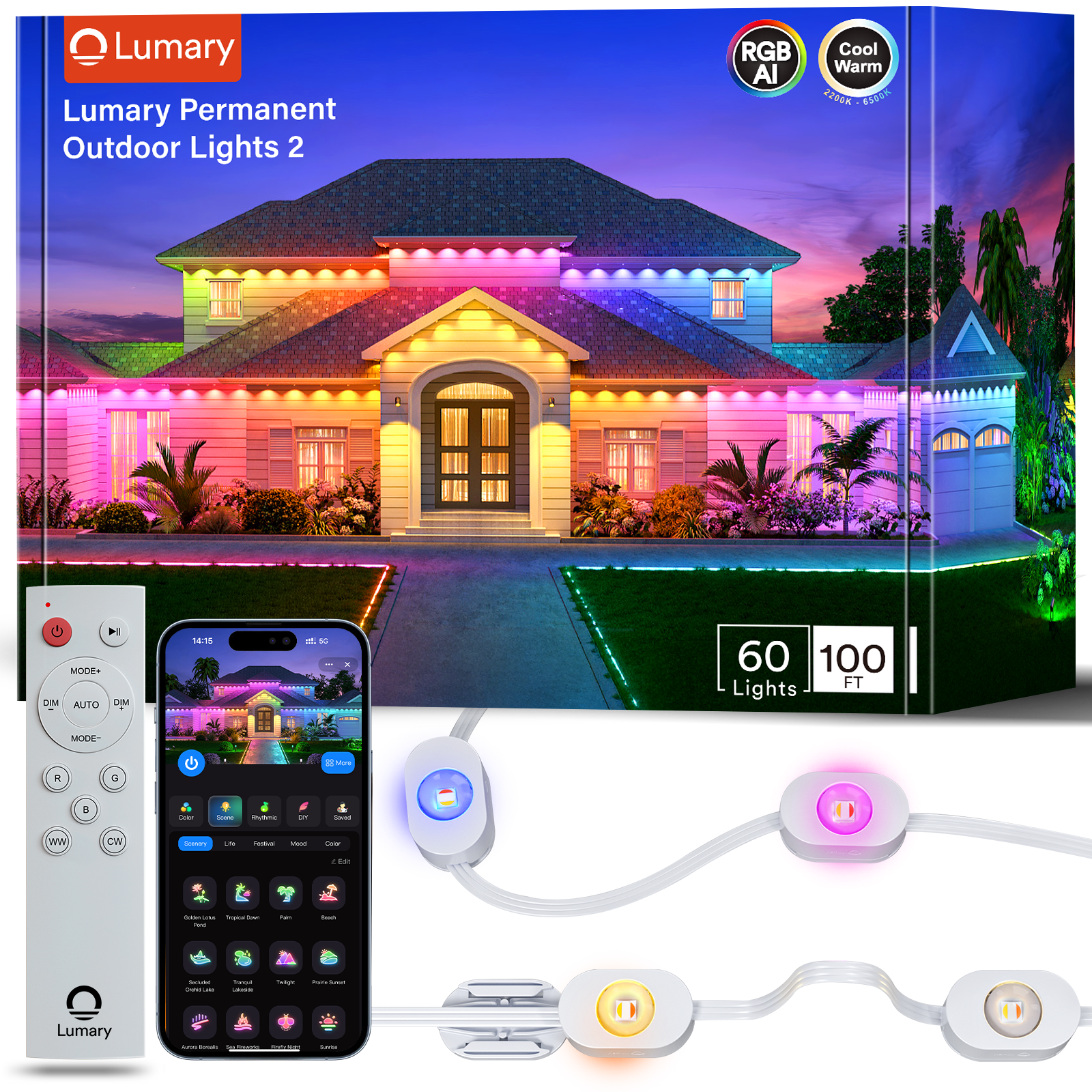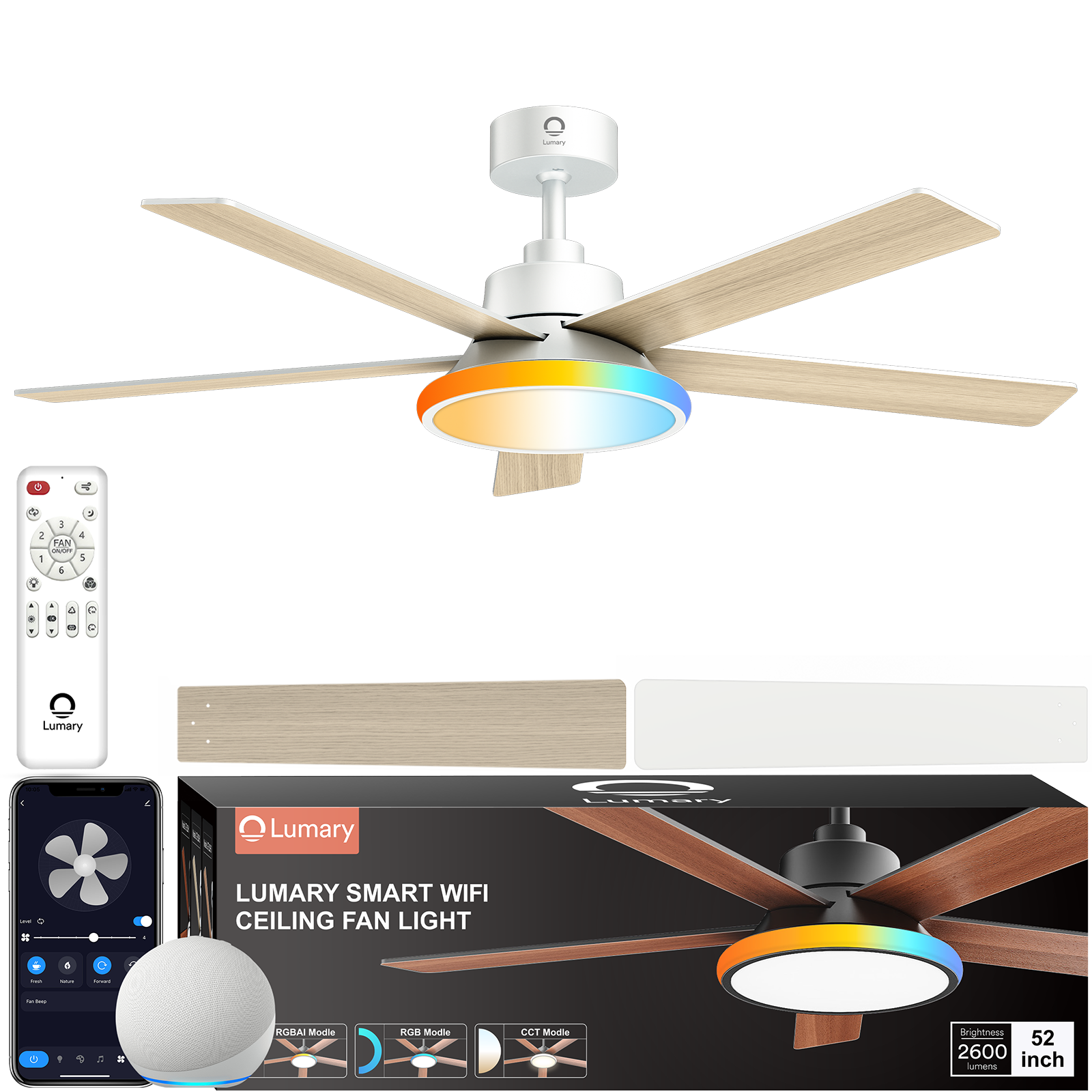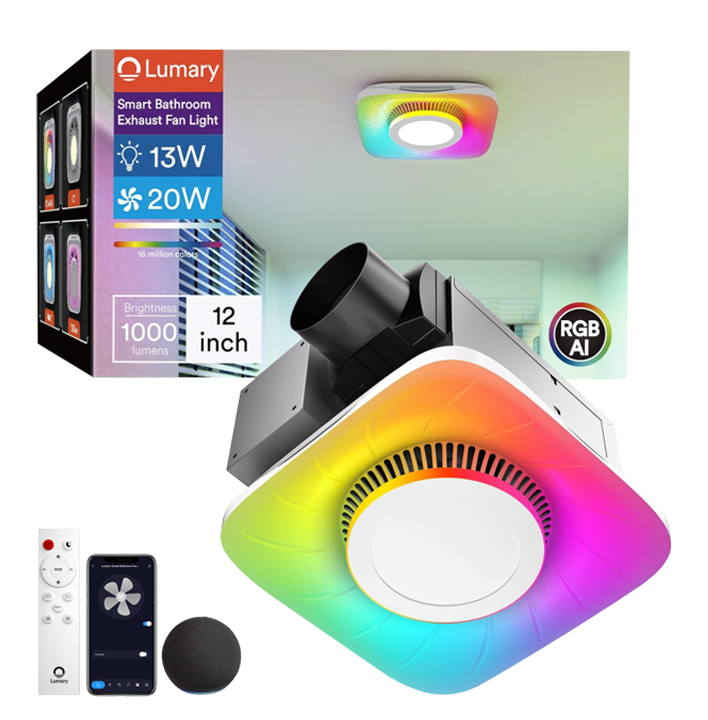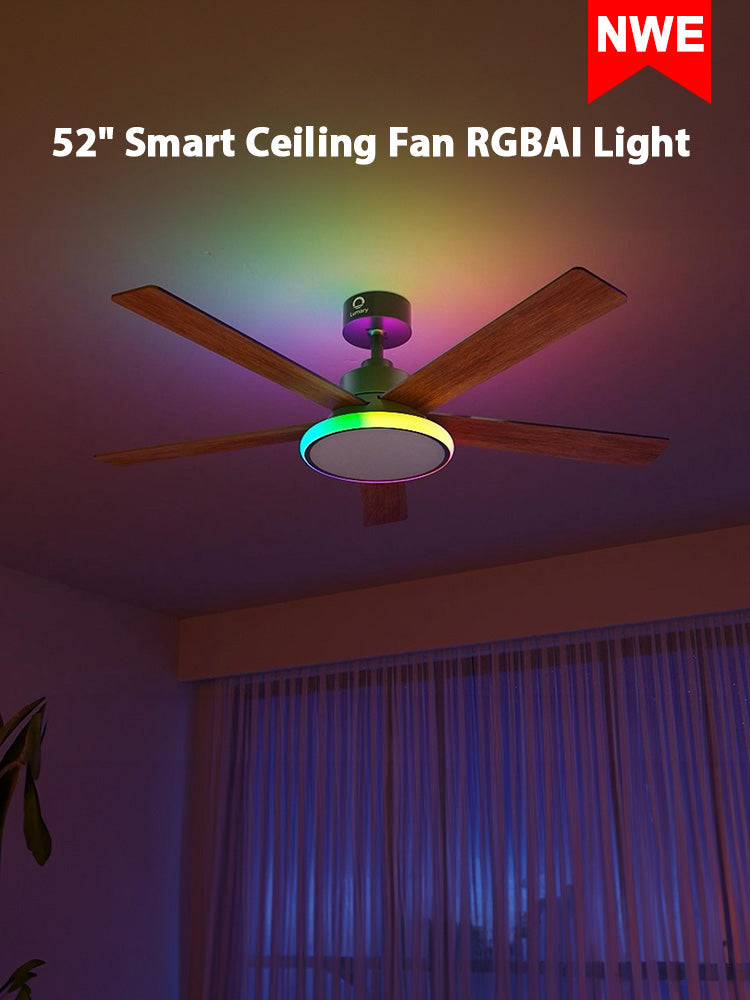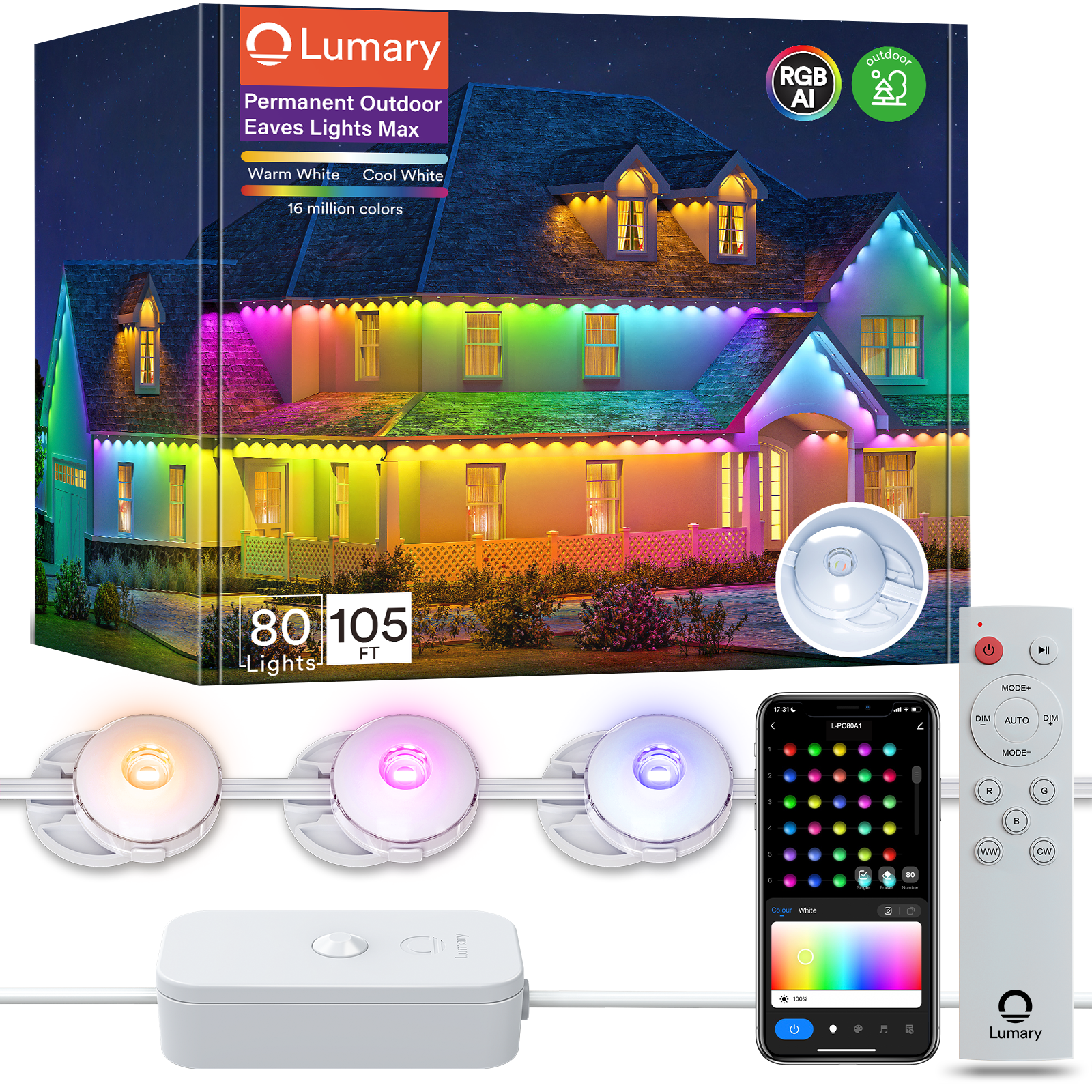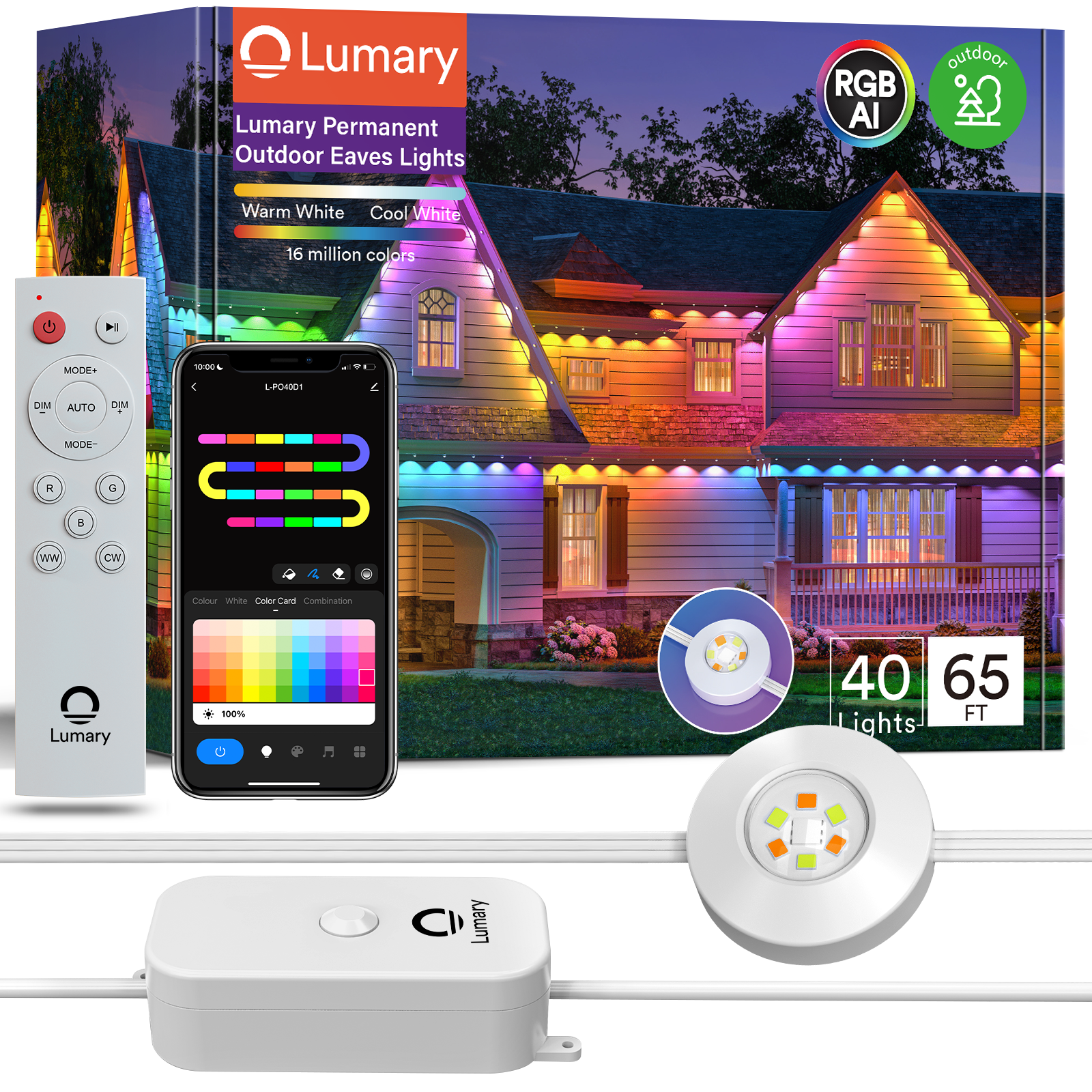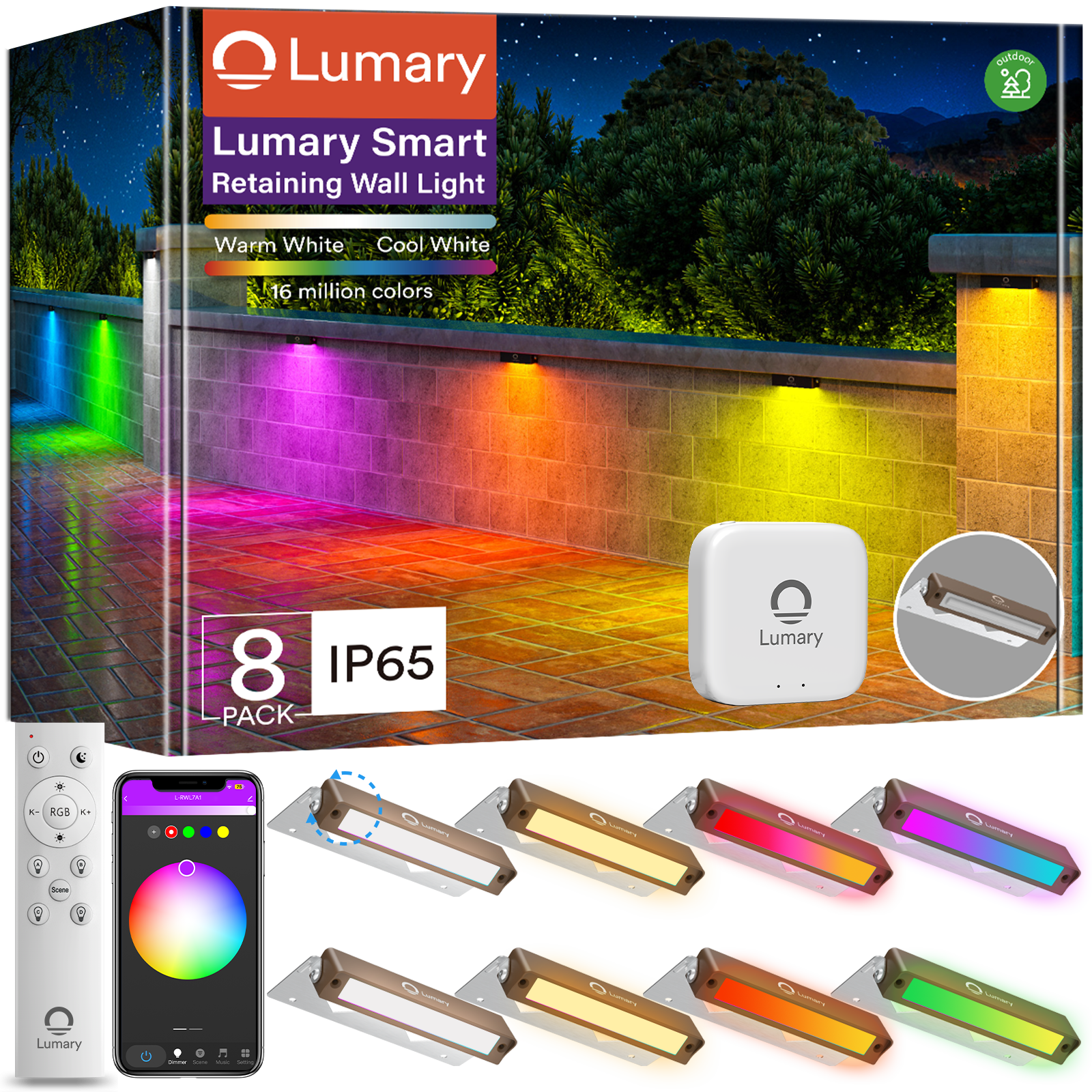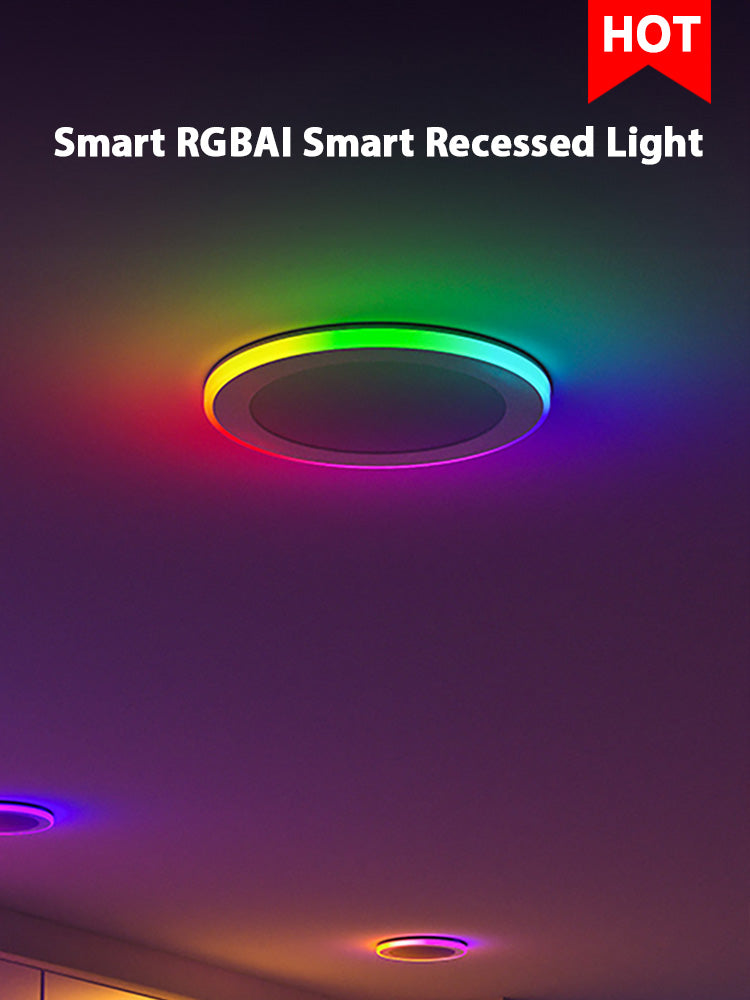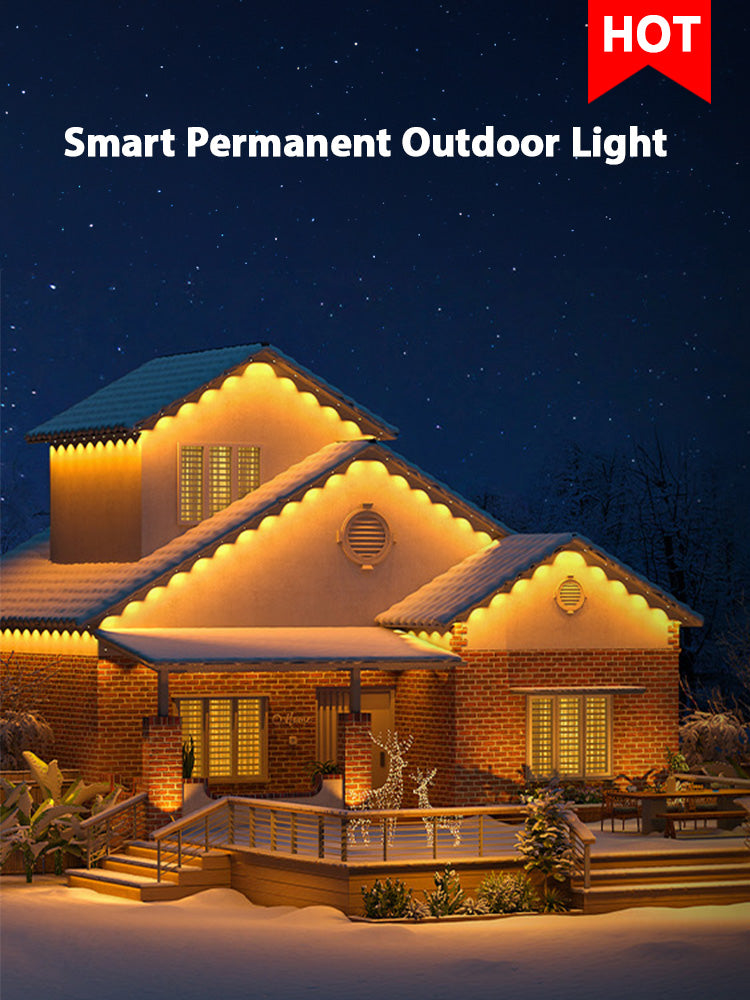Proper installation of 6 inch can lights is crucial for achieving optimal lighting and enhancing the aesthetics of your home. These lights offer a versatile solution, perfect for larger rooms like living rooms and kitchens. They provide broad light coverage, ensuring uniform illumination across the space. With their higher lumen output, 6 inch can lights are ideal for spaces requiring more light. Plus, they offer significant energy savings and a longer lifespan compared to traditional incandescent bulbs. By choosing these lights, you not only improve your home's lighting but also enjoy the benefits of energy efficiency.
Key Takeaways

-
Gather all necessary tools and materials before starting your installation to ensure a smooth process.
-
Plan your layout carefully by assessing room size and following spacing guidelines to achieve optimal light distribution.
-
Prioritize safety by checking your electrical capacity and ensuring all connections are secure before proceeding.
-
Choose LED bulbs for energy efficiency and longevity, providing bright and consistent lighting for your space.
-
Address common issues like flickering lights by checking bulb tightness and wiring connections to maintain a well-functioning system.
-
Don't hesitate to seek professional help for complex electrical issues to ensure safety and compliance with local codes.
-
Regular maintenance, such as cleaning fixtures and checking connections, will extend the lifespan and performance of your can lights.
Planning and Layout for 6-Inch Can Lights
When planning to install 6 inch can lights, you need to consider several factors to ensure the best results. Proper placement and thoughtful design can transform your space, providing both functionality and style.
Importance of Placement
Consider room size and lighting needs
First, think about the size of the room and its lighting requirements. Larger rooms like living rooms or kitchens benefit greatly from 6 inch can lights due to their broad light coverage. These lights can illuminate a wide area, making them ideal for spaces that need more light. You should assess how much light each area requires and plan accordingly.
Avoiding shadows and glare
Next, focus on avoiding shadows and glare. Incorrect placement can lead to unwanted shadows or harsh glare, which can be uncomfortable. To prevent this, position the lights evenly across the ceiling. This ensures uniform light distribution, reducing the chances of shadows. Also, keep the lights at least two feet away from walls to minimize glare.
Design Considerations
Spacing guidelines for optimal light distribution
Spacing is crucial for achieving optimal light distribution. A general rule of thumb is to space the lights about 4 to 6 feet apart. This spacing helps in covering the area effectively without leaving dark spots. Before cutting any holes, layout your light locations on the ceiling. This step ensures even distribution and helps visualize the final look.
Integrating with existing decor
Finally, consider how the lights will integrate with your existing decor. 6 inch can lights offer a sleek and unobtrusive design, fitting seamlessly into your ceiling. They provide a clean and modern look without cluttering the space. Choose models that match your decor style, whether it's contemporary or traditional. This integration enhances the overall aesthetic appeal of your home.
By carefully planning the placement and design of your 6 inch can lights, you can create a well-lit and stylish environment that meets your needs.
Electrical Considerations for 6-Inch Can Lights
When installing 6 inch can lights, understanding the electrical aspects is crucial. This ensures not only the safety of your home but also the efficiency of your lighting system.
Existing vs. New Circuits
Assessing current electrical capacity
Before you start, check your current electrical capacity. This step helps you determine if your existing circuits can handle the additional load of new lights. Overloading a circuit can lead to tripped breakers or even electrical fires. You should consult your home's electrical panel to see how much capacity is available. If you're unsure, it's wise to seek advice from a professional electrician.
Deciding when to add new circuits
Sometimes, adding new circuits becomes necessary. If your existing circuits are near capacity, installing a new one can prevent overloads. This decision ensures that your 6 inch can lights operate safely and efficiently. Adding a new circuit might seem daunting, but it provides peace of mind knowing your lighting setup won't strain your electrical system.
Impact of Bulb Choice
LED vs. incandescent options
Choosing between LED and incandescent bulbs impacts both performance and energy consumption. LED bulbs are highly recommended for their energy efficiency and longevity. They consume up to 80% less energy than incandescent bulbs and last significantly longer. This makes them a cost-effective choice in the long run. Incandescent bulbs, while cheaper upfront, use more energy and require frequent replacements.
Energy efficiency and brightness levels
Energy efficiency plays a big role in bulb selection. LEDs not only save energy but also offer excellent brightness levels. They provide bright, consistent light without the high energy costs associated with incandescent bulbs. With LEDs, you enjoy a well-lit space while reducing your carbon footprint. Their long lifespan means fewer replacements, saving you money over time.
By considering these electrical factors, you ensure that your 6 inch can lights function optimally. Whether assessing your current circuits or choosing the right bulbs, these steps help create a safe and efficient lighting environment in your home.
Installation Process for 6-Inch Can Lights
Installing 6 inch can lights can seem daunting, but with the right approach, you can handle it smoothly. Let's break down the process into manageable steps and address potential challenges you might face.
Step-by-Step Guidance
Gathering necessary tools and materials
First things first, gather all the tools and materials you'll need. Having everything on hand makes the process much smoother. You'll need a hole saw designed for 6 inch can lights, a drill, a screwdriver, wire strippers, and a voltage tester. Don't forget the lights themselves and any additional wiring or connectors. Preparing these items in advance saves time and reduces frustration.
Cutting and preparing the ceiling

Next, it's time to cut and prepare the ceiling. Use your hole saw to make precise cuts where you've planned to install the lights. Measure twice to ensure accuracy. Once you've cut the holes, check for any obstructions like beams or pipes. Clear any insulation around the hole to prevent interference with the light fixture. This step ensures a snug fit and optimal performance of your lights.
Potential Challenges
Dealing with insulation and wiring
Dealing with insulation and wiring can be tricky. Make sure to handle insulation carefully to avoid damaging it. When it comes to wiring, always turn off the power at the circuit breaker before you start. Use your voltage tester to confirm there's no live current. Run the wiring through the ceiling hole before connecting it to the light fixture. This method simplifies the installation and minimizes errors.
Ensuring secure fixture installation
Finally, ensure the fixture is securely installed. Once the wiring is connected, gently push the light into the ceiling hole. Make sure it sits flush with the ceiling for a clean look. Secure it according to the manufacturer's instructions. A well-installed fixture not only looks good but also functions safely and efficiently.
Expert Tip: DIY is possible, but safety rules matter a lot. Think about getting help for best results.
By following these steps and addressing potential challenges, you can successfully install your 6 inch can lights. Remember, preparation and attention to detail are key to a smooth installation process.
Troubleshooting and Common Issues with 6-Inch Can Lights
Even with careful planning and installation, you might encounter some hiccups with your 6-inch can lights. Let's dive into common issues and how you can tackle them effectively.
Solutions to Typical Problems
Addressing flickering lights
Flickering lights can be annoying and might indicate a problem. Start by checking the bulb. Sometimes, a loose bulb causes flickering. Tighten it gently to see if that solves the issue. If the flickering persists, examine the wiring connections. Loose or faulty wiring often leads to inconsistent power flow. Make sure all connections are secure. If you're using dimmer switches, ensure they are compatible with your LED bulbs. Incompatible dimmers can cause flickering.
Fixing uneven light distribution
Uneven light distribution can make your space look awkward. First, assess the placement of your lights. Ensure they are evenly spaced according to the guidelines mentioned earlier. If some areas appear dimmer, consider adjusting the angle of the lights. Sometimes, simply repositioning the fixture can improve light spread. Also, check for obstructions like furniture or decor that might block the light. Removing these obstacles can enhance overall illumination.
When to Seek Professional Help
Identifying complex electrical issues
Sometimes, problems go beyond simple fixes. If you notice persistent issues like frequent flickering or circuit breaker trips, it might be time to call in a professional. Electricians possess the technical expertise to diagnose complex electrical problems. They can identify underlying issues that might not be apparent to you. Hiring a skilled electrician ensures that your lighting system operates safely and efficiently.
Ensuring safety and compliance
Safety should always be a priority. If you're unsure about any aspect of your lighting setup, seeking professional help is wise. Electricians adhere to safety standards and regulations, ensuring your installation complies with local codes. This not only protects your home but also gives you peace of mind. Remember, it's better to be safe than sorry when dealing with electrical systems.
Pro Tip: Don't hesitate to reach out to an electrician if you're facing persistent issues. Their problem-solving skills and technical knowledge can save you time and prevent potential hazards.
By addressing these common issues and knowing when to seek professional assistance, you can maintain a well-functioning and safe lighting environment in your home.
To wrap things up, remember these key tips for installing your 6-inch can lights successfully:
-
Preparation is key: Gather all necessary tools and materials before you start. This ensures a smooth installation process.
-
Plan your layout: Understand your room's lighting needs and follow spacing guidelines for optimal light distribution.
-
Safety first: Always adhere to safety standards and test your setup to prevent electrical issues.
-
Seek help if needed: If you're unsure about any step, consulting a professional can ensure the best results.
By following these steps, you'll achieve a well-lit and stylish space.
FAQ
What type of bulb is recommended for 6-inch can lights?
For 6-inch can lights, you should go with LED bulbs. They offer great energy savings and last much longer than traditional incandescent bulbs. Plus, they provide bright and consistent lighting, making them a smart choice for any room.
Do you prefer 4” or 6” inch lights? And do you think 6 is sufficient in larger rooms?
Choosing between 4-inch and 6-inch lights depends on your ceiling height and room size. For ceilings around 9 feet, 6-inch lights work well, especially in larger rooms. They provide ample light coverage. If you want dimmable and individually controlled lights, 6-inch fixtures can meet those needs effectively.
What are some common pitfalls to avoid when installing 6-inch can lights?
When installing 6-inch can lights, watch out for a few common mistakes. First, ensure you cut the right size hole in the ceiling. Incorrect sizing can lead to poor fitting. Also, avoid overloading circuits by checking your electrical capacity. Lastly, make sure your lights are evenly spaced to prevent shadows and glare.
How can you enhance your home's lighting with 6-inch can lights?
To enhance your home's lighting with 6-inch can lights, focus on more than just installation. Choose the right bulbs and attach trims that match your decor. These final touches help create the perfect ambiance and functionality, making your space look and feel inviting.
How can you maintain and care for 6-inch can lights?
Regular maintenance keeps your 6-inch can lights working well. Clean the fixtures and bulbs periodically to remove dust and debris. Check the wiring connections to ensure they remain secure. By doing this, you extend the lifespan of your lights and maintain optimal performance.
Can 6-inch can lights be used in outdoor settings?
Yes, you can use 6-inch can lights outdoors, but ensure they are rated for exterior use. Look for fixtures with weatherproof features to withstand the elements. Proper installation and sealing prevent moisture from affecting the lights, ensuring they function safely and effectively outside.
Are 6-inch can lights suitable for sloped ceilings?
Absolutely! You can install 6-inch can lights on sloped ceilings. Use adjustable or gimbal fixtures to direct the light where needed. This flexibility allows you to achieve even lighting across the room, regardless of the ceiling angle.
How do you choose the right trim for 6-inch can lights?
Selecting the right trim for your 6-inch can lights depends on your style and lighting needs. Baffle trims reduce glare, while reflector trims enhance brightness. Choose a trim that complements your room's decor and provides the desired lighting effect.
What should you do if your 6-inch can lights flicker?
If your 6-inch can lights flicker, start by checking the bulb. Tighten it if it's loose. Next, inspect the wiring connections for any faults. Ensure your dimmer switch is compatible with LED bulbs, as incompatible dimmers often cause flickering.
When should you seek professional help for 6-inch can lights?
Consider calling a professional if you face persistent issues like frequent flickering or circuit breaker trips. Electricians can diagnose complex electrical problems and ensure your lighting system complies with safety standards. Their expertise helps maintain a safe and efficient lighting setup.

